Evidence from K2-18b marks significant milestone in search for extraterrestrial life
The hunt for life beyond Earth has taken a major step forward. Scientists using the James Webb Space Telescope (JWST) have detected what they call the “strongest evidence yet” of potential biosignatures—signs of biological activity—on an exoplanet called K2-18b, located 124 light-years away in the constellation Leo.
Key Discovery: Molecules Associated With Life
Researchers detected dimethyl sulfide (DMS) and potentially dimethyl disulfide (DMDS) in the planet’s atmosphere. On Earth, these sulfur-containing molecules are primarily produced by living organisms, especially marine phytoplankton in our oceans.
“Frankly, I think this is the closest we have come to seeing a feature that we can attribute to life,” said Nikku Madhusudhan, an astrophysicist at Cambridge University who led the research team.
The concentration of these molecules appears much higher on K2-18b than on Earth—over 10 parts per million compared to less than one part per billion in Earth’s atmosphere. This high abundance suggests an ongoing source generating these gases.
What Makes This Planet Special
K2-18b is a fascinating world about 8.6 times the mass of Earth and 2.6 times its diameter. It orbits in the “habitable zone” of its star—the region where temperatures could allow liquid water to exist on a planet’s surface.
Scientists classify K2-18b as a potential “Hycean” world—a type of planet theorized to have a vast liquid water ocean beneath a hydrogen-rich atmosphere. Previous observations already confirmed the presence of water vapor, methane, and carbon dioxide in its atmosphere.
“Given everything we know about this planet, a Hycean world with an ocean that is teeming with life is the scenario that best fits the data we have,” Madhusudhan explained.
Similar Posts:
Not Definitive Proof
While exciting, these findings don’t yet prove life exists on K2-18b. The current detection has reached what scientists call a “three-sigma” level of confidence—meaning there’s about a 0.3% chance the signal occurred by random chance. Scientific consensus typically requires a “five-sigma” level (a probability of only 0.00006% of being wrong) for a definitive discovery.
The research team emphasizes more data is needed. They plan 16-24 additional hours of follow-up observations with the Webb telescope to increase confidence in their findings.
“It’s important that we’re deeply skeptical of our own results, because it’s only by testing and testing again that we will be able to reach the point where we’re confident in them,” Madhusudhan said. “That’s how science has to work.”
Scientific Debate Continues
Some experts remain cautious about the interpretation of these findings. Oxford University physicist Raymond Pierrehumbert suggested that if K2-18b did have water, it would be “hellishly hot” and uninhabitable. He believes oceans of lava are more plausible than liquid water.
Sara Seager, a professor at the Massachusetts Institute of Technology, pointed to previous claims about K2-18b that later proved incorrect. She believes the finding “will remain in the candidate category indefinitely” and cautions that “enthusiasm is outpacing evidence.”
Christopher Glein of the Southwest Research Institute was more optimistic but still urged caution: “Yet we must be very careful to test the data as thoroughly as possible.”
Multiple Lines of Evidence
What strengthens the new findings is that they come from different instruments on the Webb telescope. The initial hints of DMS were detected using Webb’s Near-Infrared instruments. The new observations used the Mid-Infrared Instrument (MIRI), providing an independent confirmation at different wavelengths.
“This is an independent line of evidence, using a different instrument than we did before and a different wavelength range of light, where there is no overlap with the previous observations,” Madhusudhan said. “The signal came through strong and clear.”
Life, But Not As We Know It
If life does exist on K2-18b, scientists aren’t expecting anything advanced. Rather, they suggest it might host tiny microbes similar to those in Earth’s oceans billions of years ago.
The presence of DMS isn’t conclusive evidence of life—last year, traces were found on a comet, suggesting non-biological processes can sometimes produce it. However, scientists believe the high concentration on K2-18b would be difficult to explain through non-biological means.

A New Era in Exoplanet Research
Whether or not these findings ultimately confirm life beyond Earth, they represent a significant advancement in our ability to study distant worlds.
“This could be the tipping point, where suddenly the fundamental question of whether we’re alone in the universe is one we’re capable of answering,” Madhusudhan said.
For now, the search continues, with the Webb telescope offering unprecedented capabilities to peer into the atmospheres of distant worlds and potentially answer one of humanity’s most profound questions: Are we alone?
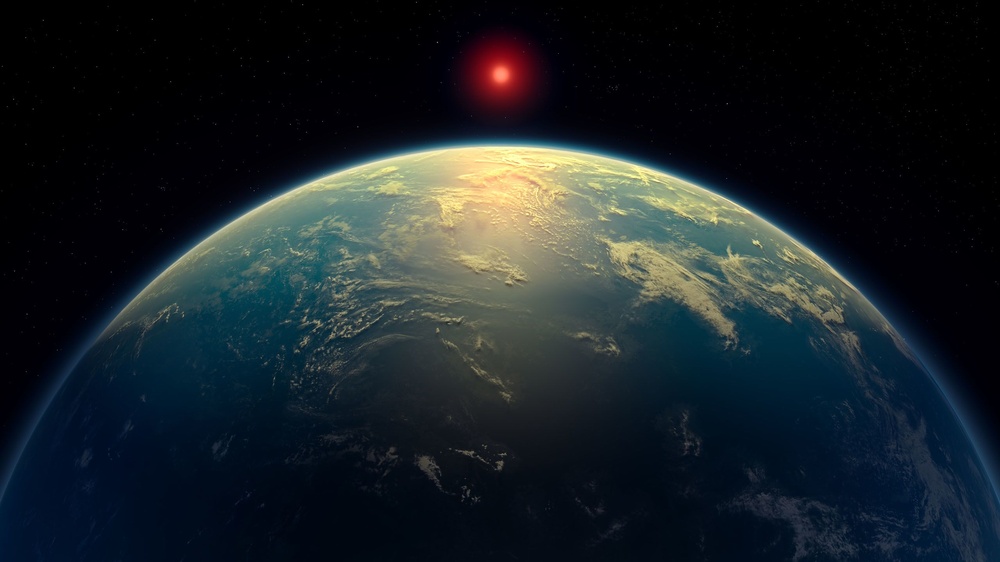
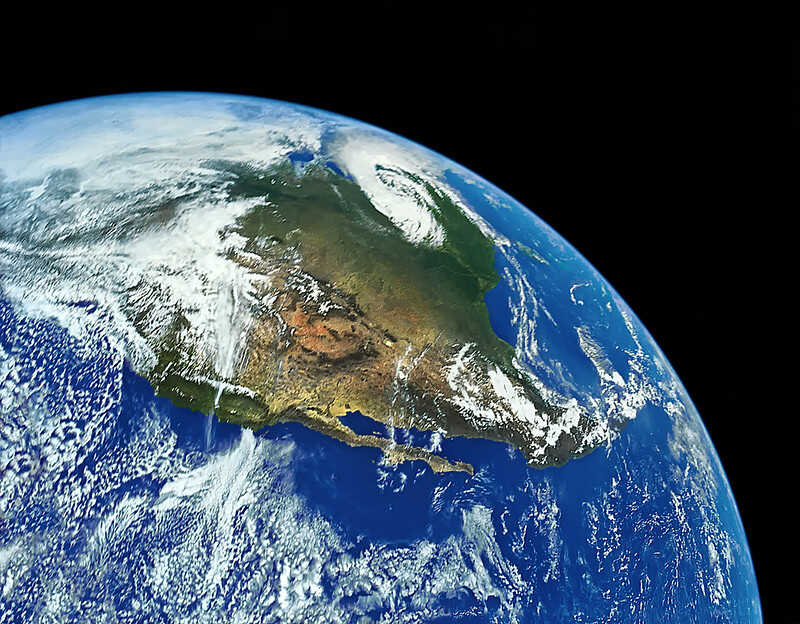
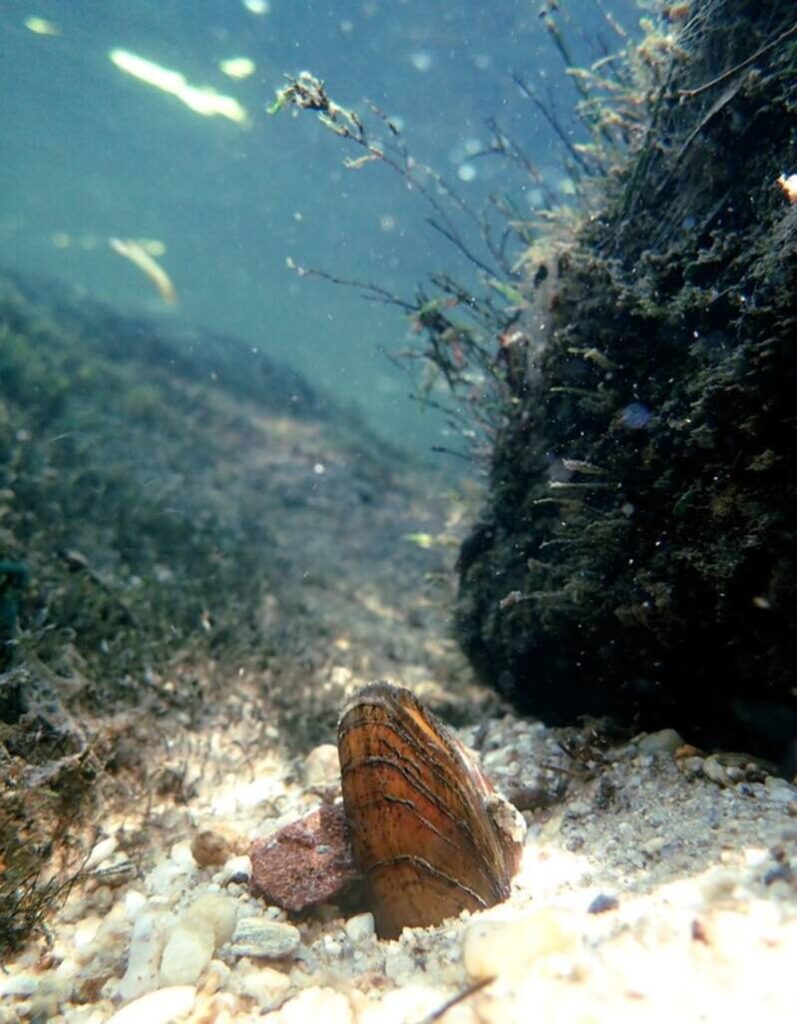


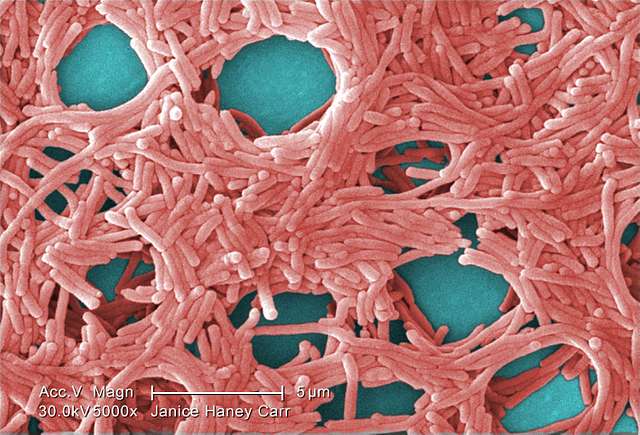
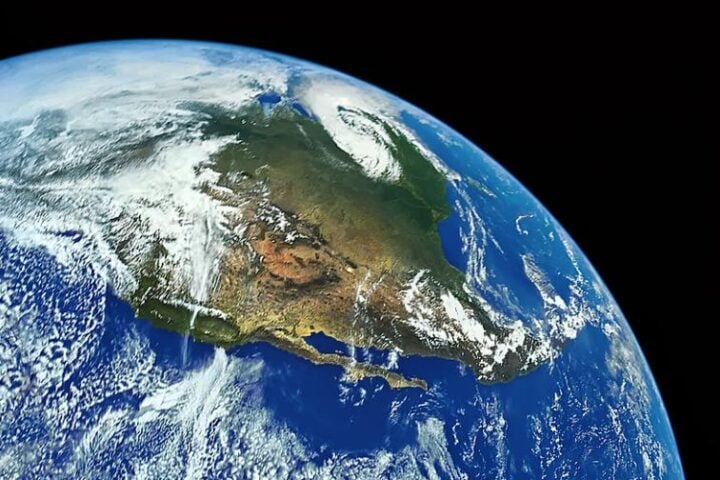



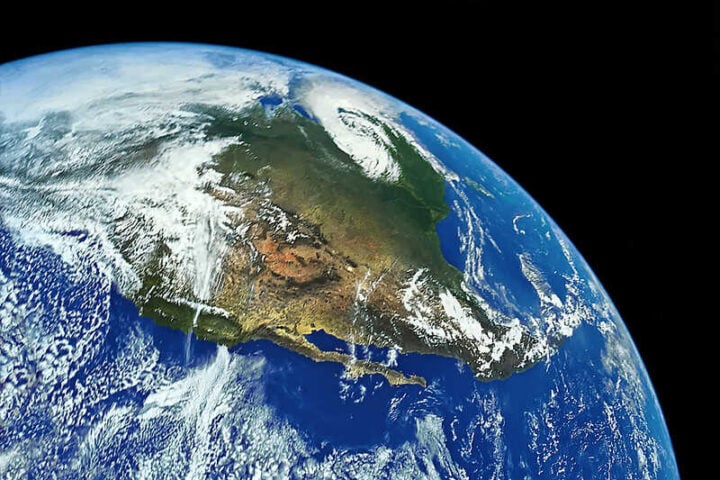





![Google satellite view of 1112 Stanley road in Augusta [Google Earth]](https://www.karmactive.com/wp-content/uploads/2025/04/Augusta-National-Spent-200M-on-270-Acres-but-One-338000-Home-Still-Stands-on-Stanley-Road-720x360.png)
